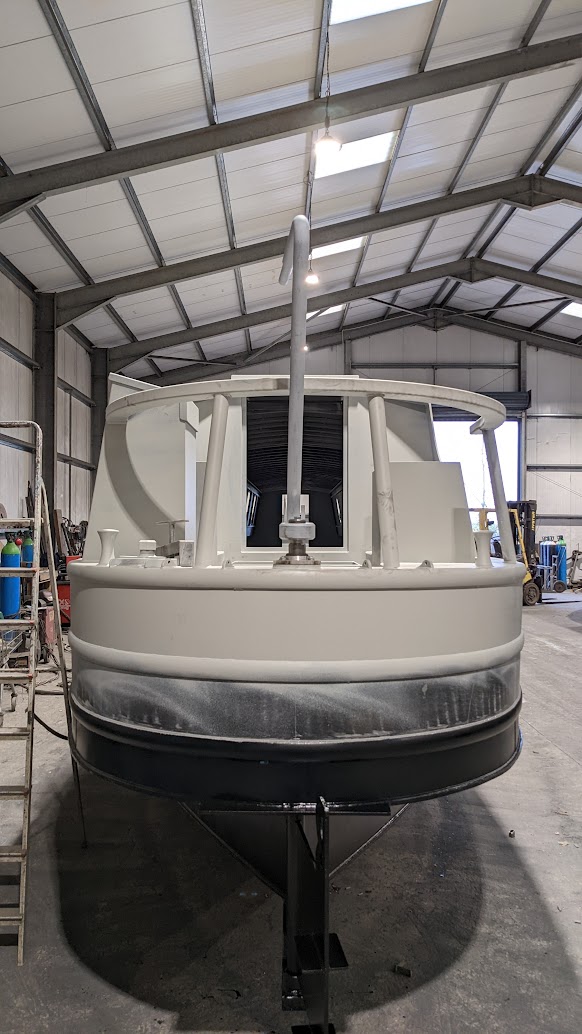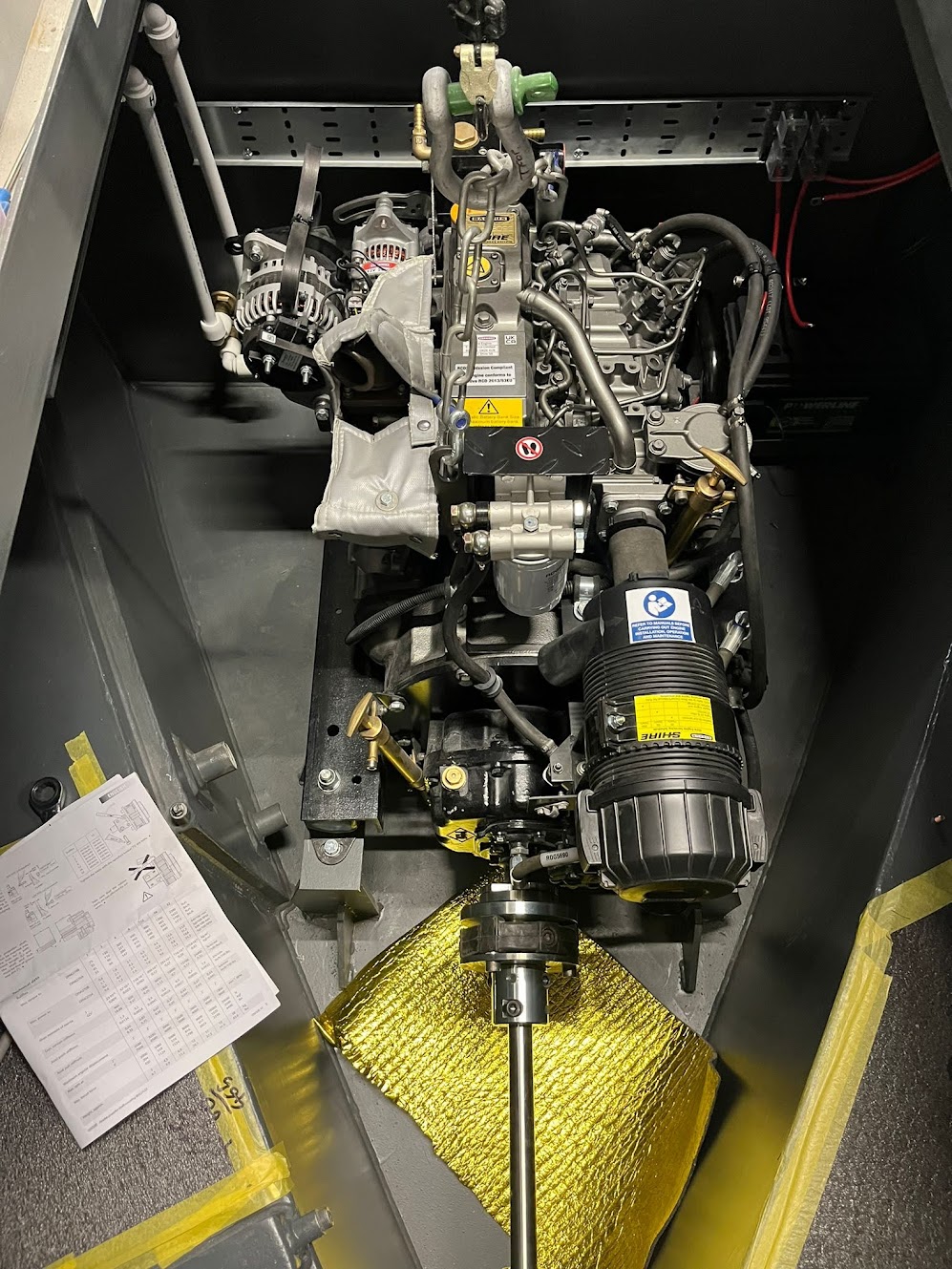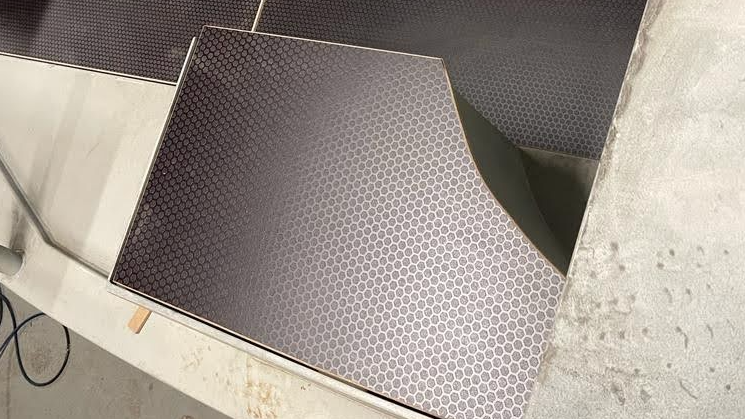Living on a narrowboat - layout details of the stern
Previous post in this series: Living on a narrowboat - the stove as the heart of the home.
In the first post in this series, I'm moving onto a narrowboat, I showed an image depicting the design of my narrowboat. My old friend Edwin asked me to supply some descriptions of what each of the numbers referred to. I started to write down all the details in response, but I soon found that it would be far too long as a single post, so I've split it up. This post covers the items in the stern area.
Here's the design image again (you can open up the image in a new browser tab where you can see it full size):

Legend
Here are what each of the numbers in the stern area signify. Each item's title is taken directly from the detailed design documents drawn up by Mark at The Fitout Pontoon.
01 Steel taff seating
This is the rail that goes round the rear of the stern, partly I guess to stop you falling over backwards into the water, and also designed to be somewhere you can perch. "Taff" is one of many wonderful words I'm discovering as I embark upon this new journey, and a taffrail is basically just that, i.e. "the handrail around the open deck area towards the stern".
Here's a photo of my narrowboat's taffrail from mid way through the steel build phase, when the main hull and cabin was done and undercoated, and the steering mechanism (rudder and tiller) had just been fitted:

02 Morse Control / Control Column
A Morse control is a lever which is used to control speed and whether you're going forward or in reverse. It's a pretty neat design which uses two cables internally, both of which are connected to different parts of the engine: one is connected to the gear selector and the other to the throttle (I learned about this and many other aspects of narrowboat engines, and maintenance thereof, on the excellent Diesel Engine And Boat Maintenance course run by the Narrowboat Skills Centre). Morse is a brand of such a mechanism and its popularity has turned the term into a proprietary eponym (a bit like how the term "Hoover" has come to refer to any make of vacuum cleaner).
When the Morse control is at its highest point (at 12 o'clock, as it were) then the engine is in neutral and the throttle at the base level. Moving it forwards will select forward gear (via one of the cables) and also increase the throttle (via the other) according to how far forwards you move it. Likewise moving it backwards will select reverse gear and also increase the throttle according to how far backwards you move it.
The Morse control is usually fitted to the side of a small column, or tower, on a cruiser stern, in easy reach of the person steering. On that column are also some engine displays such as the engine RPM, battery charge, and various status lights. If a bow thruster is fitted (as is the case with mine), bow thruster controls will also often be mounted on the column.
You can see the column, with a lid at the top (under which the engine display panel and bow thruster controls will be found), on the left in the photo earlier.
In this photo, courtesy of The Fitout Pontoon (from their page on Engine Controls) you can see a Morse control, bow thruster controls and an engine display panel.

Here the controls and panel are mounted on an internal panel, rather than on a control column on the stern. This is most likely because the controls in this photo are fitted on a traditional or semi-traditional layout narrowboat (where the stern is very different, usually a lot more compact, and there is often no separate control column).
03 Deck Boards
Under the deck boards is the engine bay, which of course is where the engine is, but also other equipment, notably the Webasto diesel powered heating system (see the "Diesel" section of Living on a narrowboat - embracing constraints for more details).
Here's what's underneath the deck boards. The steelwork was done by JSR Boats and they've welded a little memento onto the bottom of the engine bay:
JSR 90 2022
i.e. the company's initials, the boat number (this is the 90th hull they've built) and the build year 2022. What's extra lovely about this is that this modest but beautiful detail will go unseen for the most part, being directly below the engine, when it's mounted onto those four stands.

And here's a shot of the engine so mounted (and connected to the propeller shaft), a 50hp Shire from Barrus:

One of the many aspects I hadn't even thought about is how to minimise the amount of rainwater entering this engine bay area. Deckboards aren't watertight. Having a huge, single board would help, but would also be very difficult to manage because of the size and weight, and where would you put it while you had it removed?
Instead, the engine bay cover is split up into multiple boards. Not only does that make it easier from a bulk and weight perspective, but it also means that it's easier to access parts of the engine bay that one needs to get to more frequently.
One of these parts is the weed hatch, which affords direct access to the propeller, so you can sort things out when debris gets around it. This means you don't have to get into the water to do it. You can see the weed hatch on the left of this photo, it's the rectangular box-shaped part that you can see through all the way to the workshop floor:

Before you ask, yes, there is a lid that goes on the top of the weed hatch, one that has a clamp and rubber seal, too! In fact, you can see the clamp in this next photo, which shows a key part of the solution to keeping rainwater out of the engine bay - gutters:

In the previous photo, you can see the main gutter that is built in to the stern and which and goes around the edge of the engine bay access hole (that the deck boards will cover). The gutter lengths in this photo will go across the width* of the engine bay access hole, at the points where the deck boards meet (slotting in to the three pairs of cut-outs you can see).
*Another boat related word I learned today in fact, while reading an article in this month's Waterways World magazine, is athwartships, which means exactly that - going across the width of the boat.
04 Vented, Sunken Gas Lockers
Finally in the stern, we have a couple of gas lockers. These are primarily to store standard 13kg gas canisters, and I wrote more about them in the Gas section of Living on a narrowboat - embracing constraints, where there are a couple of photos. So I'll just add another photo here, showing how they're made into seats.

That's it for the stern items. Continuing to move forward towards the bow, I'll cover the items in the galley area next. Thanks for reading!